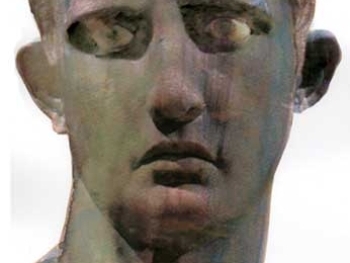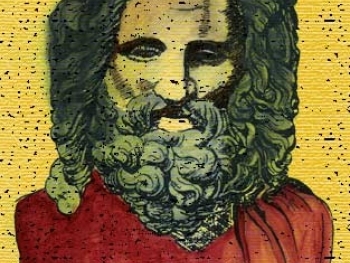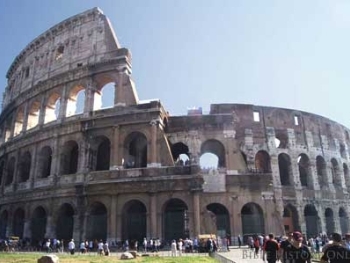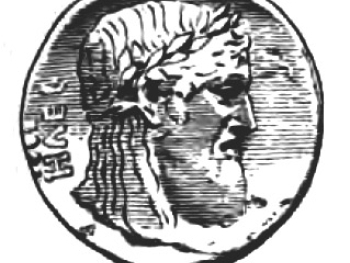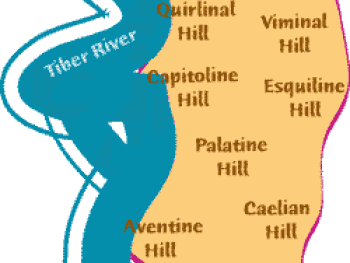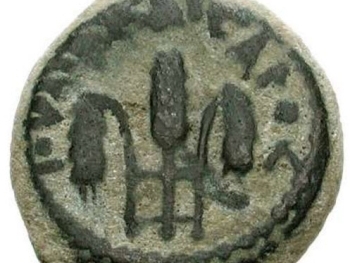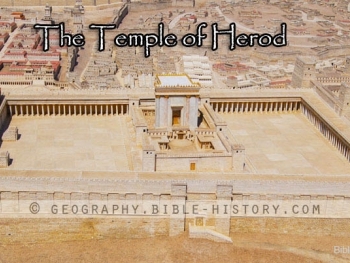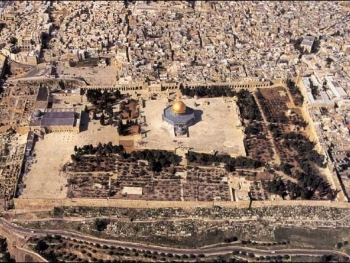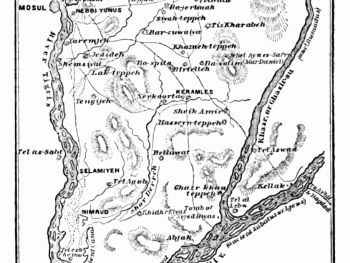
Yes there are remains of a Temple of Augustus at the site of ancient Paneas or Caesarea Philippi. This illustration depicts a Temple of Augustus. The temple at Caesarea Philippi would have been built in a similar style. Augustus was fascinated with the site of ancient Paneas because of the Flow of water from the cave of Pan, the bottomless pit, and the belief that this was the Gate of Hades. There were also many traditions regarding the Olympian gods and Mount Hermon.
Source:


